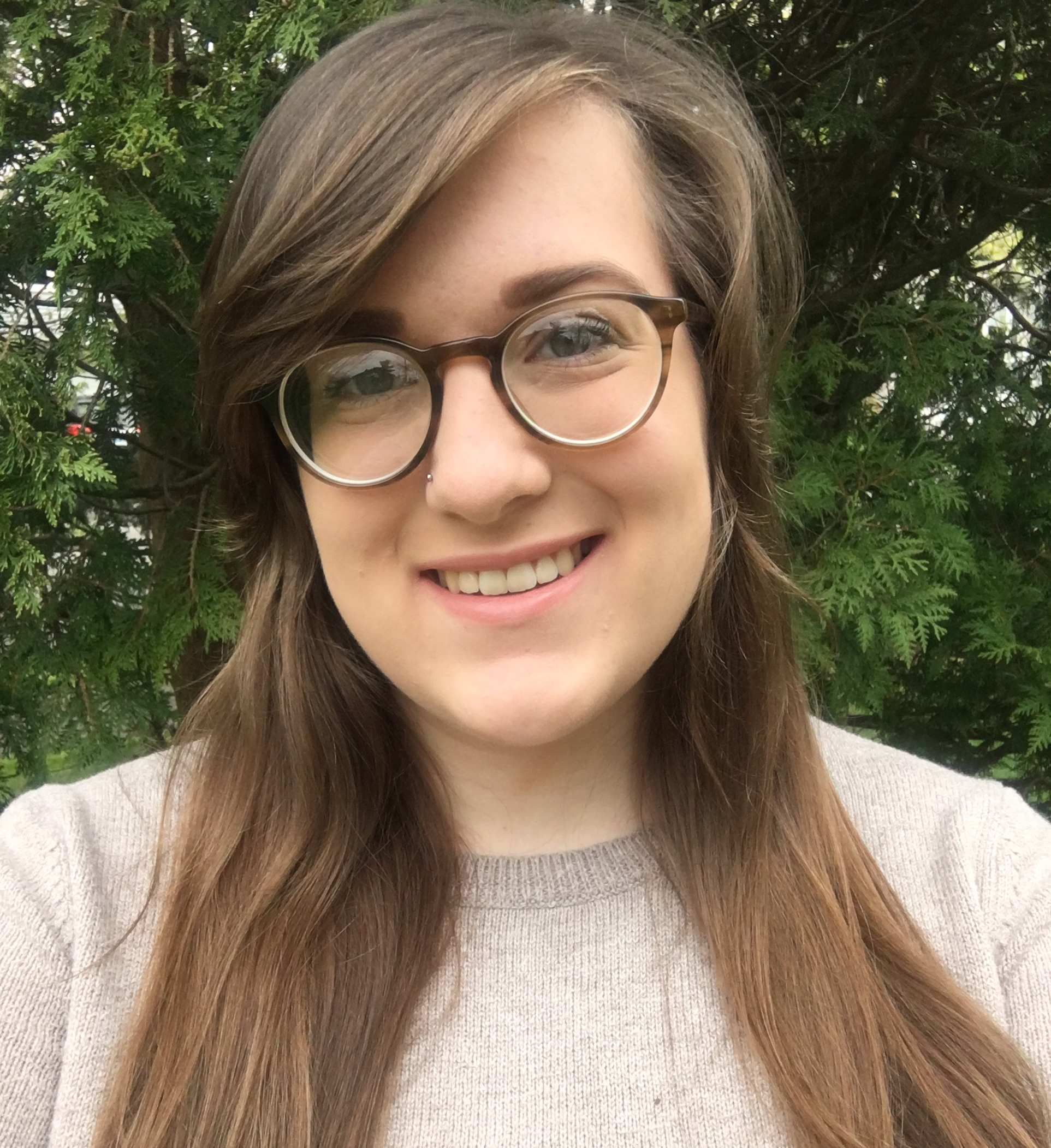Below is a summary of the abstract you submitted. Presenting author(s) is shown in bold.
If any changes need to be made, you can modify the abstract or change the authors.
You can also download a .docx version of this abstract.
If there are any problems, please email Dan at dar78@pitt.edu and he'll take care of them!
This abstract was last modified on May 9, 2016 at 4:08 p.m..

With an estimated worldwide population of 10<sup>31</sup>, bacteriophages (or ‘phages’) are the most abundant biological entities on the planet. As part of the HHMI SEA-PHAGES program, we explored this vast diversity by identifying and characterizing four new phages that infect Mycobacterium smegmatis, a non-pathogenic bacterium that is commonly found in soil. Of these phages, ‘Lucivia’, ‘Flaverint’, and ‘Snape’ were found to be in the A11 subcluster, and so far, fully one-third of all A11’s have been found on the campus of Southern Connecticut State University. We present a comparative genomics analysis of immunity repressor binding sites called ‘stoperators’, that are found at various loci in A11 genomes.
Mycobacteriophage ‘Wintermute’, also discovered in 2015, is the sixth member of the K4 subcluster. It represents an addition to a cluster of phages that have been shown to infect Mycobacterium tuberculosis (Mtb) along with cluster G and subclusters A2 and A3. Wintermute’s closest relative ‘Fionnbarth’, has been shown to infect Mtb 30 times more efficiently than Mycobacterium smegmatis mc2 155. A comparative analysis of this group of phages will be presented to investigate this interesting host specificity, with a focus on integration cassettes and minor tail proteins. Throughout the cluster K phages, two repeated sequences can be found in the latter half of the genomes. These sequences are primarily found in the K cluster, and have been named Start-Associated Sequences (‘SAS’), since they are generally found upstream of genes, and thought to have some role in translation initiation. We will present a comparative analysis of the conservation of these sequences, their locations, and the specific gene phams they are associated with across the K cluster.


